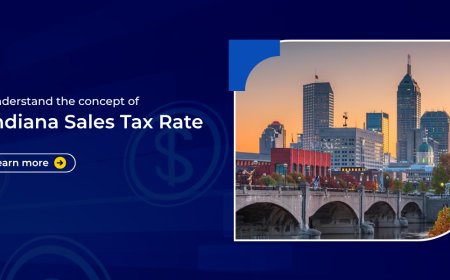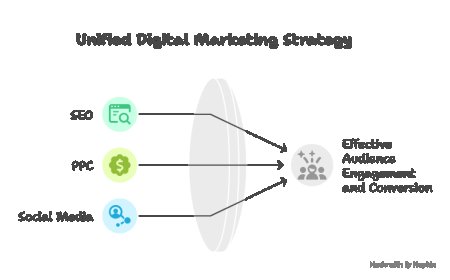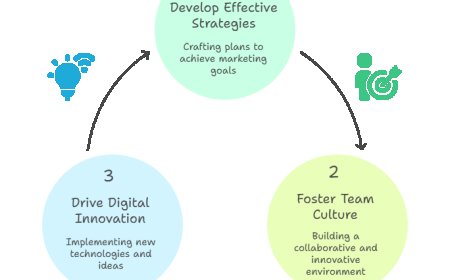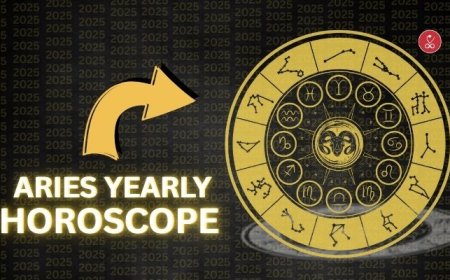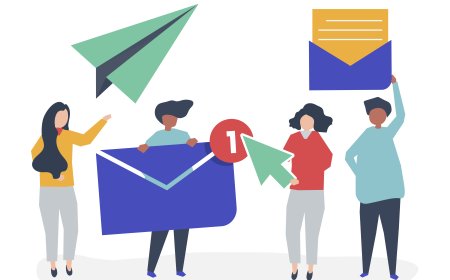Engaging Gamification Loyalty Programs to Boost Retention
One of the most innovative strategies emerging in this space is the gamification loyalty program—a fusion of game design elements with customer loyalty strategies.
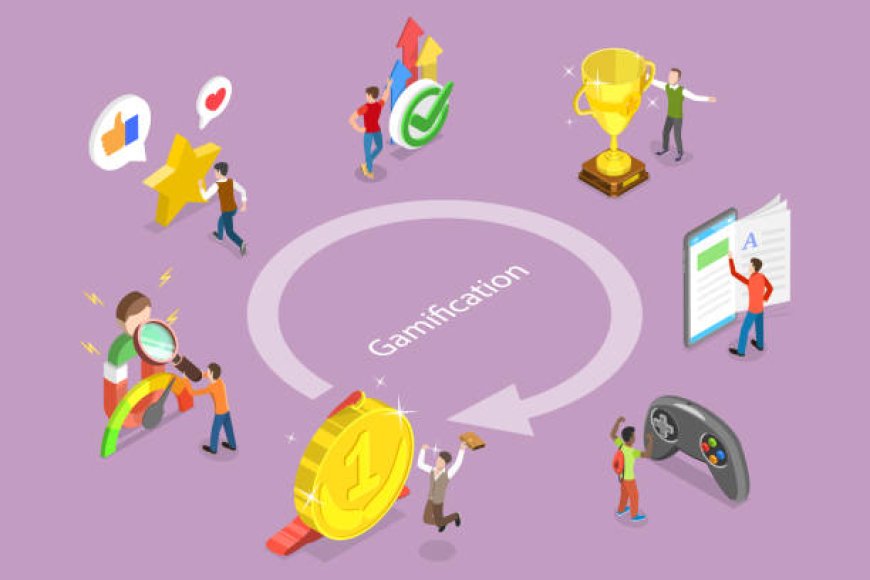
In today's fast-paced digital landscape, brands must go beyond traditional reward systems to capture customer interest and drive meaningful engagement. One of the most innovative strategies emerging in this space is the gamification loyalty programa fusion of game design elements with customer loyalty strategies. These programs make earning rewards fun, interactive, and addictive, transforming everyday transactions into engaging brand experiences.
By incorporating points, badges, levels, leaderboards, and challenges, gamification not only encourages repeat behavior but also fosters emotional connections with a brand, making customers more likely to stay loyal in the long term.
What is a Gamification Loyalty Program?
A gamification loyalty program integrates elements of game theory into a loyalty system, rewarding customers not just for purchases but also for actions like sharing on social media, writing reviews, or completing specific tasks. The goal is to keep users coming back by tapping into their intrinsic motivationsachievement, competition, and recognition.
Unlike static loyalty programs that offer basic point-for-purchase rewards, gamified programs actively engage customers, making the journey toward rewards more dynamic and enjoyable. This results in higher participation rates, deeper engagement, and ultimately stronger brand loyalty.
Why Gamification Works in Loyalty Programs
The reason gamification is so effective lies in human psychology. People are naturally drawn to games because they provide a sense of purpose, accomplishment, and progress. When applied to loyalty, these game-like incentives encourage consistent interaction, which builds habit and attachment to a brand.
Gamification leverages key motivators:
-
Achievement: Earning badges or leveling up gives a sense of progress.
-
Competition: Leaderboards fuel friendly rivalry and enhance social engagement.
-
Recognition: Public acknowledgment of accomplishments increases self-worth.
-
Rewards: Tangible incentives (discounts, freebies) tied to achievements make the effort worthwhile.
These motivators collectively enhance the customer experience and increase brand touchpoints without requiring large-scale incentives.
Key Features of a Gamification Loyalty Program
A successful gamification loyalty program typically includes the following features:
-
Point Systems: Customers earn points for specific actions beyond purchasessignups, referrals, reviews, etc.
-
Badges and Achievements: Milestones are recognized with digital badges or certificates.
-
Progress Tracking: Users can see their advancement through levels or ranks.
-
Challenges and Quests: Time-bound or task-specific activities keep users engaged.
-
Leaderboards: Public rankings to encourage social competition.
-
Reward Redemption Options: Points can be exchanged for discounts, products, or exclusive perks.
When integrated into a mobile app or online dashboard, these elements allow for seamless participation and instant gratification.
Benefits of Gamification in Loyalty Programs
The integration of gamification into loyalty strategies offers compelling advantages for both businesses and customers:
For Businesses:
-
Increased Engagement: Customers interact more frequently with gamified systems.
-
Higher Retention Rates: Ongoing challenges and achievements keep customers returning.
-
Data Collection: Every interaction provides valuable behavioral data.
-
Viral Marketing: Features like social sharing and referral quests help brands grow organically.
-
Brand Differentiation: Gamification sets your loyalty program apart from competitors.
For Customers:
-
Fun and Interactive: Turning rewards into a game makes the process enjoyable.
-
Sense of Accomplishment: Recognition builds emotional investment.
-
More Opportunities to Earn: Beyond purchases, customers feel empowered to participate.
These mutual benefits make gamification a win-win approach for modern loyalty initiatives. It also plays a significant role in building Customer Loyalty through emotional engagement rather than transactional dependency.
Examples of Successful Gamified Loyalty Programs
Several global brands have embraced gamification with impressive results:
-
Starbucks Rewards: Members earn stars not only for purchases but also through challenges and games in the app. Frequent seasonal campaigns with bonus stars boost customer engagement.
-
Nike Run Club: Combines fitness goals with achievements, badges, and community leaderboards, enhancing brand loyalty through lifestyle integration.
-
Sephora Beauty Insider: Offers levels, birthday gifts, and beauty challenges that make the loyalty journey more rewarding and personalized.
-
Dominos Piece of the Pie Rewards: Customers earn points per order and unlock free pizzas. Occasionally, they offer fun interactive campaigns like pizza trivia.
These examples highlight how gamification adds excitement and value, turning loyalty programs into powerful customer retention tools.
Implementing a Gamification Loyalty Program
If you're considering implementing a gamification loyalty program, here are key steps to ensure success:
-
Define Clear Goals: Identify what behaviors you want to encouragepurchases, referrals, engagement.
-
Choose the Right Game Mechanics: Align mechanics like points, levels, and badges with your brand and audience.
-
Use a Scalable Platform: Select a loyalty platform that supports gamification features and integrates with your existing systems.
-
Personalize the Experience: Use customer data to tailor rewards and challenges for different segments.
-
Promote Actively: Use email, social media, and in-store promotions to drive awareness and participation.
-
Monitor and Optimize: Track performance metrics like engagement rates, repeat purchases, and program ROI. Adjust as needed for better results.
Emerging Trends in Gamified Loyalty
As technology advances, gamified loyalty programs are becoming more sophisticated. Emerging trends include:
-
AR/VR Experiences: Brands are using augmented and virtual reality to make loyalty interactions more immersive.
-
Blockchain Rewards: Secure, transparent point tracking systems with tokenized rewards.
-
AI Personalization: Intelligent systems that suggest custom challenges and rewards based on past behavior.
-
Eco-Friendly Incentives: Rewarding sustainable actions like bringing reusable bags or reducing carbon footprints.
-
Community-Based Challenges: Encouraging team efforts or group achievements to build brand communities.
Staying ahead of these trends ensures your gamification strategy remains relevant and appealing.
Final Thoughts
A gamification loyalty program represents the next evolution in customer retentionblending entertainment with strategic engagement. By making loyalty programs fun, goal-oriented, and interactive, brands can foster deeper relationships, enhance the customer experience, and stand out in a crowded marketplace.
Gamification isnt just a gimmickits a proven method to capture attention, drive behavior, and boost lifetime value. For businesses ready to go beyond basic points and rewards, gamified loyalty is a powerful tool to win hearts, minds, and long-term Customer Loyalty.









